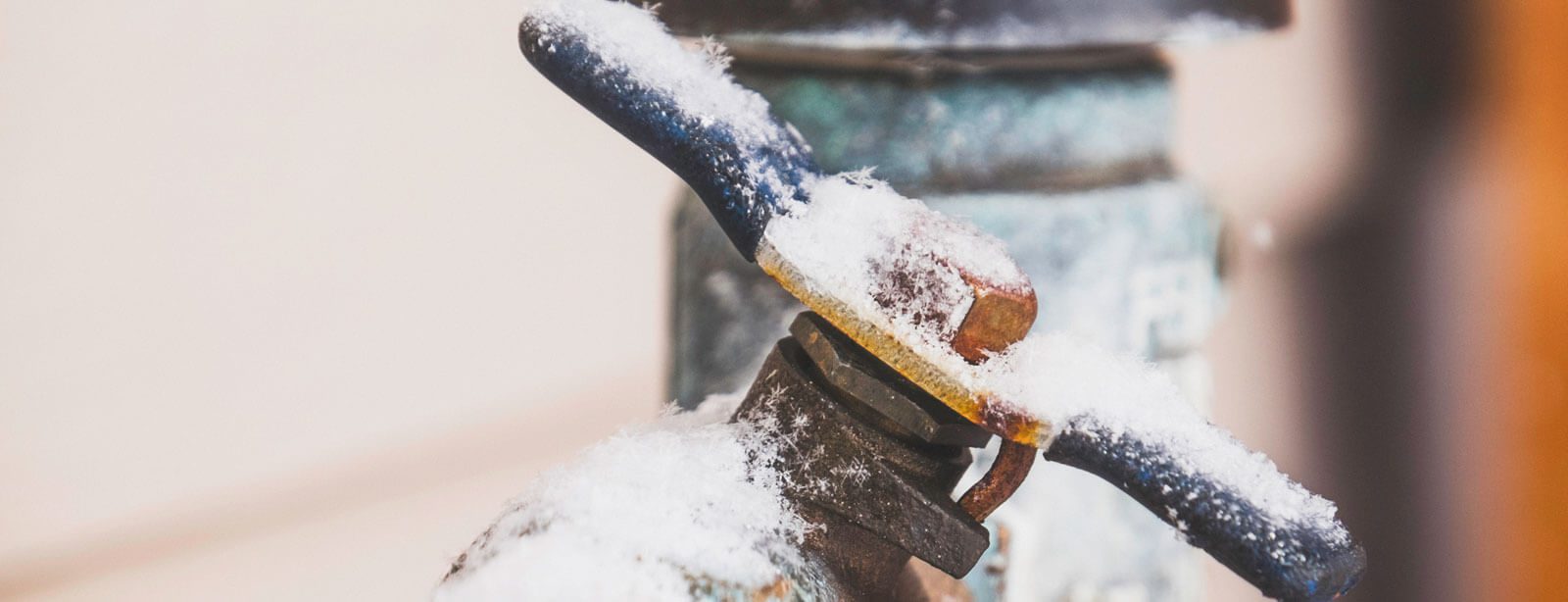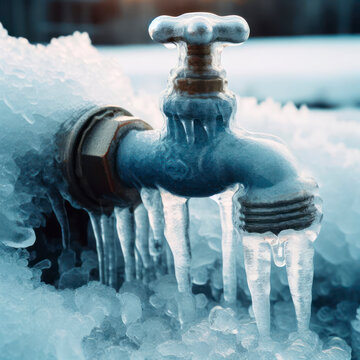Avoiding Frozen Pipes in Cold Weather: Key Tips
Avoiding Frozen Pipes in Cold Weather: Key Tips
Blog Article
Right here below you can locate some extremely good material pertaining to How to Prevent Your Pipes From Freezing.

Cold weather can damage your plumbing, especially by freezing pipelines. Here's how to avoid it from happening and what to do if it does.
Introduction
As temperature levels decrease, the danger of icy pipes rises, possibly bring about expensive repairs and water damages. Understanding just how to stop frozen pipelines is essential for house owners in chilly climates.
Recognizing Frozen Pipelines
What causes pipes to freeze?
Pipelines ice up when exposed to temperatures listed below 32 ° F (0 ° C) for expanded durations. As water inside the pipes ices up, it broadens, taxing the pipe walls and possibly causing them to rupture.
Threats and damages
Frozen pipes can cause supply of water interruptions, residential or commercial property damage, and costly repairs. Burst pipelines can flooding homes and create extensive architectural damage.
Indicators of Frozen Pipes
Determining frozen pipes early can prevent them from breaking.
Just how to identify frozen pipes
Look for reduced water circulation from faucets, unusual smells or sounds from pipelines, and noticeable frost on subjected pipes.
Avoidance Tips
Protecting vulnerable pipelines
Wrap pipelines in insulation sleeves or make use of warm tape to protect them from freezing temperatures. Concentrate on pipelines in unheated or outside areas of the home.
Home heating techniques
Maintain interior rooms sufficiently warmed, specifically locations with pipes. Open cupboard doors to allow cozy air to flow around pipelines under sinks.
Shielding Outside Pipes
Garden hose pipes and outdoor faucets
Disconnect and drain yard hoses prior to winter. Install frost-proof spigots or cover exterior taps with shielded caps.
What to Do If Your Pipes Freeze
Immediate activities to take
If you presume icy pipelines, maintain faucets open up to alleviate pressure as the ice melts. Utilize a hairdryer or towels taken in hot water to thaw pipelines gradually.
Long-Term Solutions
Architectural modifications
Consider rerouting pipes away from outside walls or unheated locations. Include extra insulation to attics, basements, and crawl spaces.
Updating insulation
Purchase premium insulation for pipes, attic rooms, and wall surfaces. Correct insulation assists preserve consistent temperatures and minimizes the danger of icy pipelines.
Verdict
Stopping icy pipelines needs aggressive steps and fast feedbacks. By comprehending the reasons, signs, and preventive measures, property owners can safeguard their plumbing throughout cold weather.
5 Ways to Prevent Frozen Pipes
Drain Outdoor Faucets and Disconnect Hoses
First, close the shut-off valve that controls the flow of water in the pipe to your outdoor faucet. Then, head outside to disconnect and drain your hose and open the outdoor faucet to allow the water to completely drain out of the line. Turn off the faucet when done. Finally, head back to the shut-off valve and drain the remaining water inside the pipe into a bucket or container. Additionally, if you have a home irrigation system, you should consider hiring an expert to clear the system of water each year.
Insulate Pipes
One of the best and most cost-effective methods for preventing frozen water pipes is to wrap your pipes with insulation. This is especially important for areas in your home that aren’t exposed to heat, such as an attic. We suggest using foam sleeves, which can typically be found at your local hardware store.
Keep Heat Running at 65
Your pipes are located inside your walls, and the temperature there is much colder than the rest of the house. To prevent your pipes from freezing, The Insurance Information Institute suggests that you keep your home heated to at least 65 degrees, even when traveling. You may want to invest in smart devices that can keep an eye on the temperature in your home while you’re away.
Leave Water Dripping
Moving water — even a small trickle — can prevent ice from forming inside your pipes. When freezing temps are imminent, start a drip of water from all faucets that serve exposed pipes. Leaving a few faucets running will also help relieve pressure inside the pipes and help prevent a rupture if the water inside freezes.
Open Cupboard Doors
Warm your kitchen and bathroom pipes by opening cupboards and vanities. You should also leave your interior doors ajar to help warm air circulate evenly throughout your home.

I hope you enjoyed reading our piece about 6 Ways to Prevent Frozen Pipes. Thank you for taking the time to browse our piece of content. Feel free to set aside a second to share this blog if you enjoyed it. We thank you for reading our article about How to Prevent Your Pipes From Freezing.
Get Started Report this page